Samsung Galaxy Z Flip 3: Why you should buy it (and why you can skip it)
There are lots of reasons to buy the Galaxy Z Flip 3, and nearly as many reasons to give the foldable phone a pass
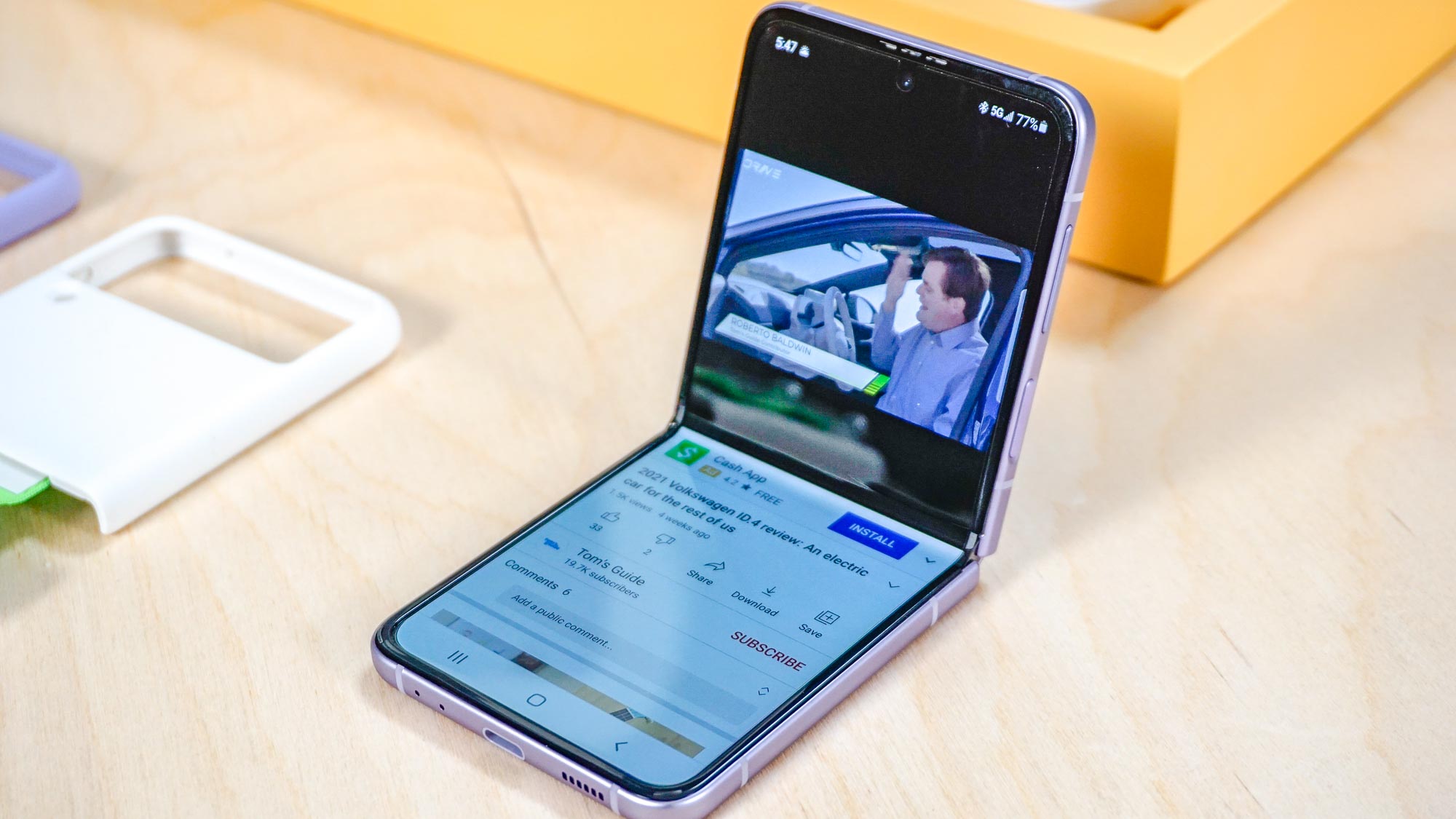
The Galaxy Z Flip 3 has arrived, nearly 18 months after Samsung introduced the original flip phone-style folding handset. And on the surface, not much seems to have changed.
While the Galaxy Z Fold 3 seems to have gotten some substantial enhancements — it's the phone that added S Pen support and now features an under-display camera — the Galaxy Z Flip 3 feels a lot like its predecessor. Like the flip phones of old, you open up the Galaxy Z Flip to reveal a larger screen — the same 6.7-inch display you'd find on the original Flip. The phones even weigh the same and are about the same size, give or take a tenth of an inch.
- Samsung Galaxy Z Fold 3 vs Galaxy Z Flip 3: What's the difference?
- Here are the best Samsung phones you can buy right now
But look a little closer, as we did for our Samsung Galaxy Z Flip 3 vs. Galaxy Z Flip comparison, and you'll find some significant improvements — enough to where you might be considering this new foldable. We're still testing out the Galaxy Z Flip 3, but we've found plenty of reasons that support buying this updated flip phone... as well as a few reasons to maybe wait a bit before taking the plunge.
Galaxy Z Flip 3: reasons to buy
It's less than $1,000
Folding phones are expensive, which is one of the big reasons they've yet to be embraced by a mainstream audience. The original Galaxy Z Flip cost nearly $1,400 when it debuted, and even after price cuts, a 5G version of the foldable phone still cost as much as the Galaxy S21 Ultra, the most expensive model in Samsung's flagship lineup.
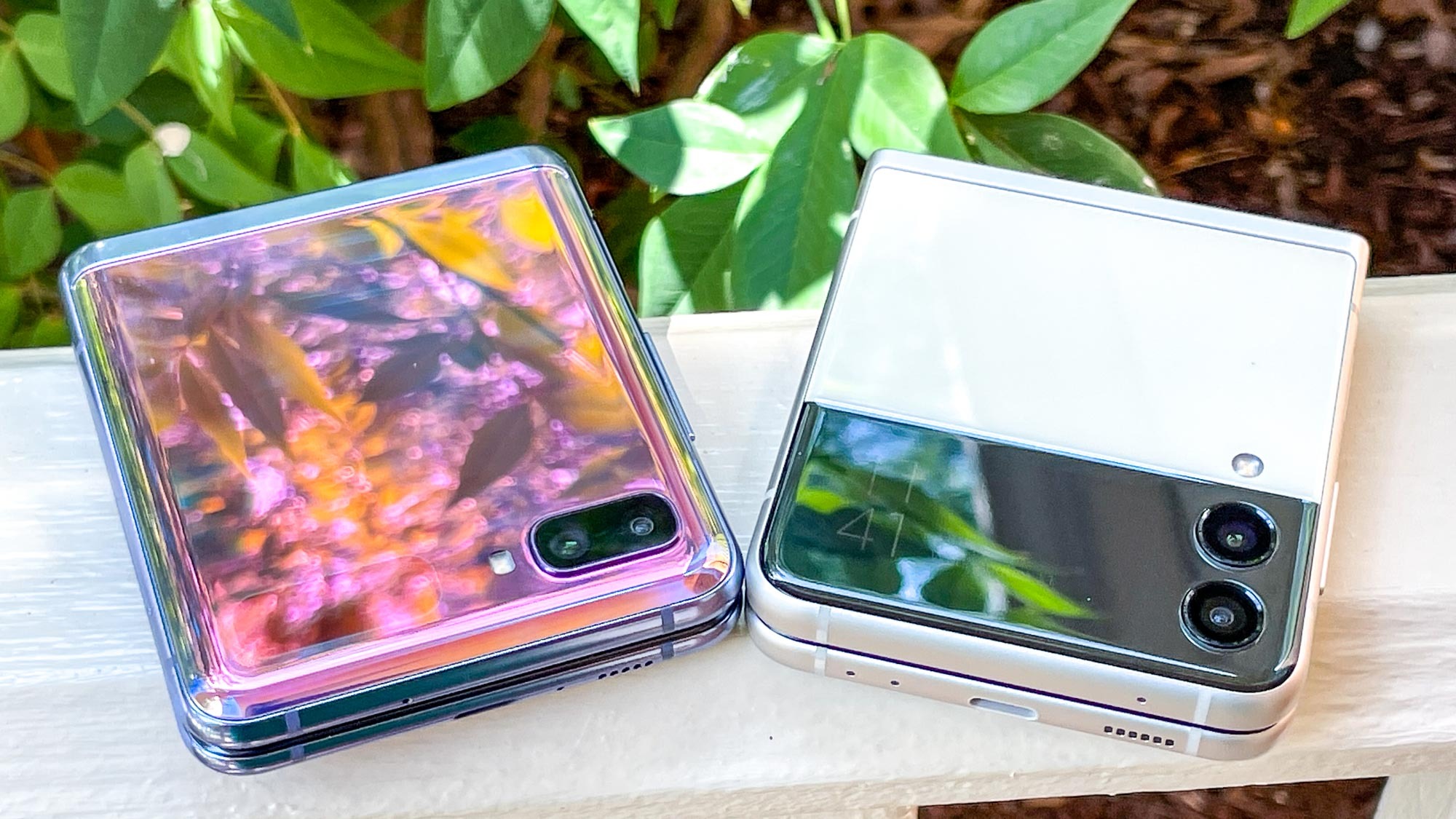
Samsung clearly wants more people to buy foldable phones as it took a pair of scissors to the Z Flip's price. You can buy a Galaxy Z Flip 3 for $999, making this the first foldable to cost less than $1,000, if only by a cent. Yes, $999 is still a lot to pay for a phone, but the Galaxy Z Flip 3's price is at least trending in the right direction.
The outer display is bigger and more useful
Sign up to get the BEST of Tom's Guide direct to your inbox.
Get instant access to breaking news, the hottest reviews, great deals and helpful tips.
It was easily to overlook the outer display on the original Galaxy Z Flip — it was just 1.1 inches, after all. That's big enough to see an incoming call, the name of someone sending you a text message or the date and time, but not much else. Samsung even said that 1.1-inch strip could double as a viewfinder for selfies, provided you had a very constricting definition of the word "view."
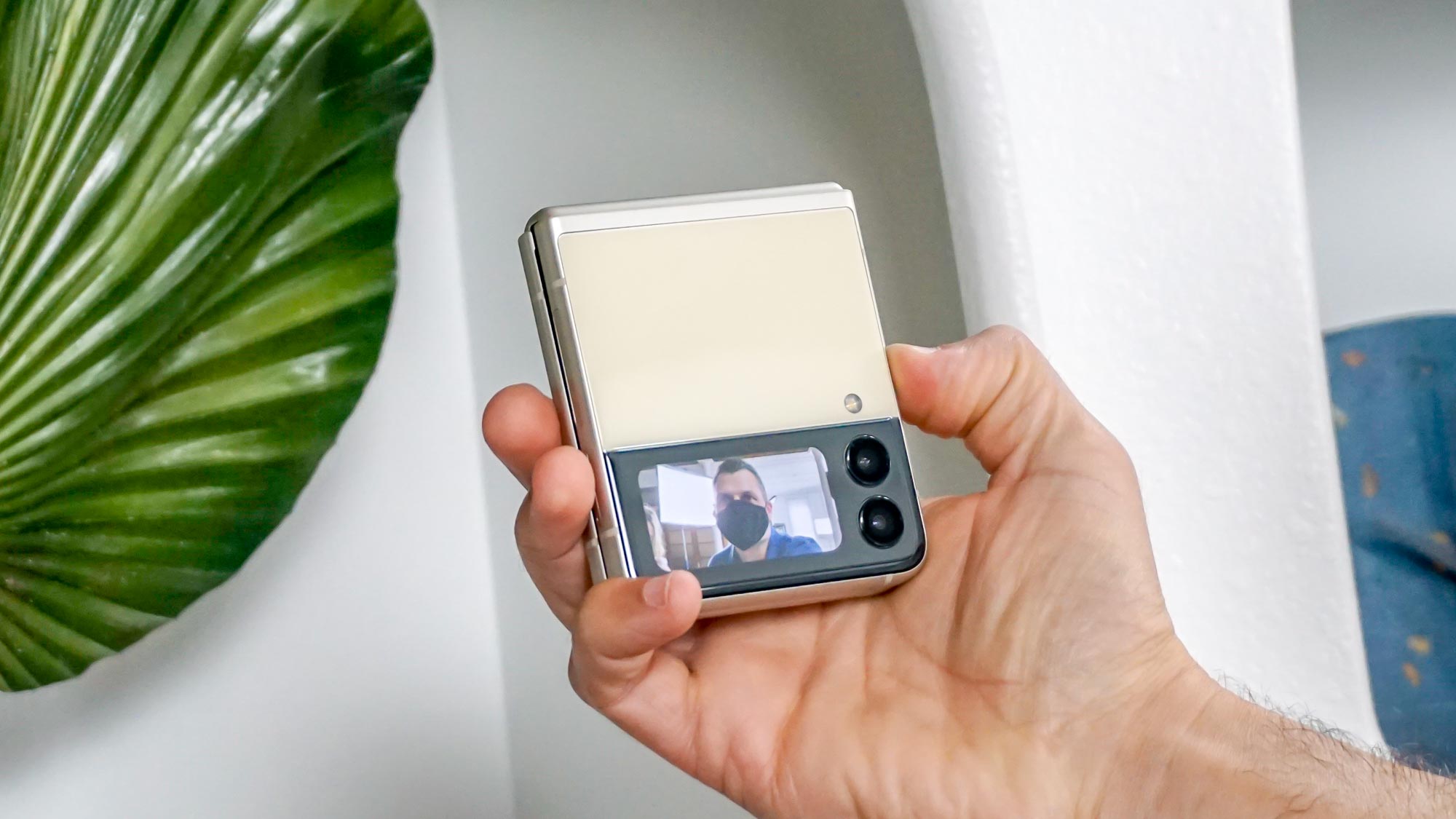
The Galaxy Z Flip 3 makes no such compromise, with a 1.9 inch outer display. That may not seem that much bigger, but trust us, the extra space makes a world of difference. Now you can see more information with those incoming messages, and even the viewfinder feature gives you a more complete look at what you're capturing. It's a better design altogether that makes using the Galaxy Z Flip 3 that much easier.
The interior display's better, too
The Galaxy Z Flip 3's interior display may be the same size as the phone that came before it, but that doesn't mean Samsung reused the exact same panel. This AMOLED screen features a faster refresh rate, adjusting its speed to up to 120Hz. The original Fold had a more conventional 60Hz refresh rate.
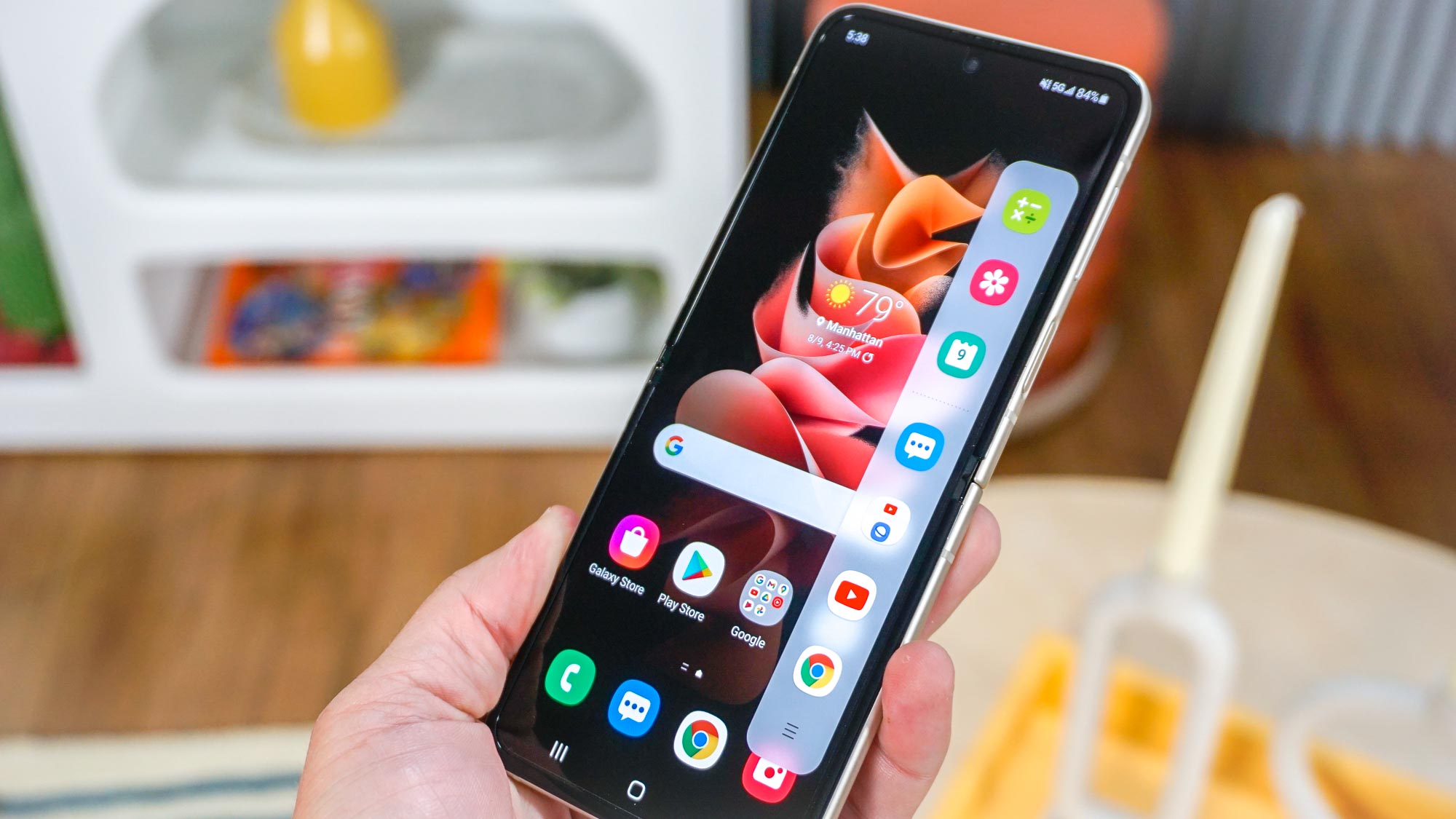
We've talked up the merits of fast-refreshing displays since they became a fixture on premium phones, but it bears repeating here. A 120Hz refresh rate makes tasks like scrolling run more smoothly — important when the device is as key to a phone's experience as it is on the Z Flip. And the fact that the refresh rate adjusts based on your activity can help preserve battery life, which could prove to be crucial for a reason which we'll get to in a moment.
The Galaxy Z Flip 3 is more durable than ever
Look, it doesn't feel natural bending a display in half. The original Galaxy Z Flip dealt with that problem by introducing a layer of ultra thin glass to the phone's display, making things feel a little more rugged. Still, the phone's design didn't exactly inspire enough confidence to help foldable devices go mainstream.
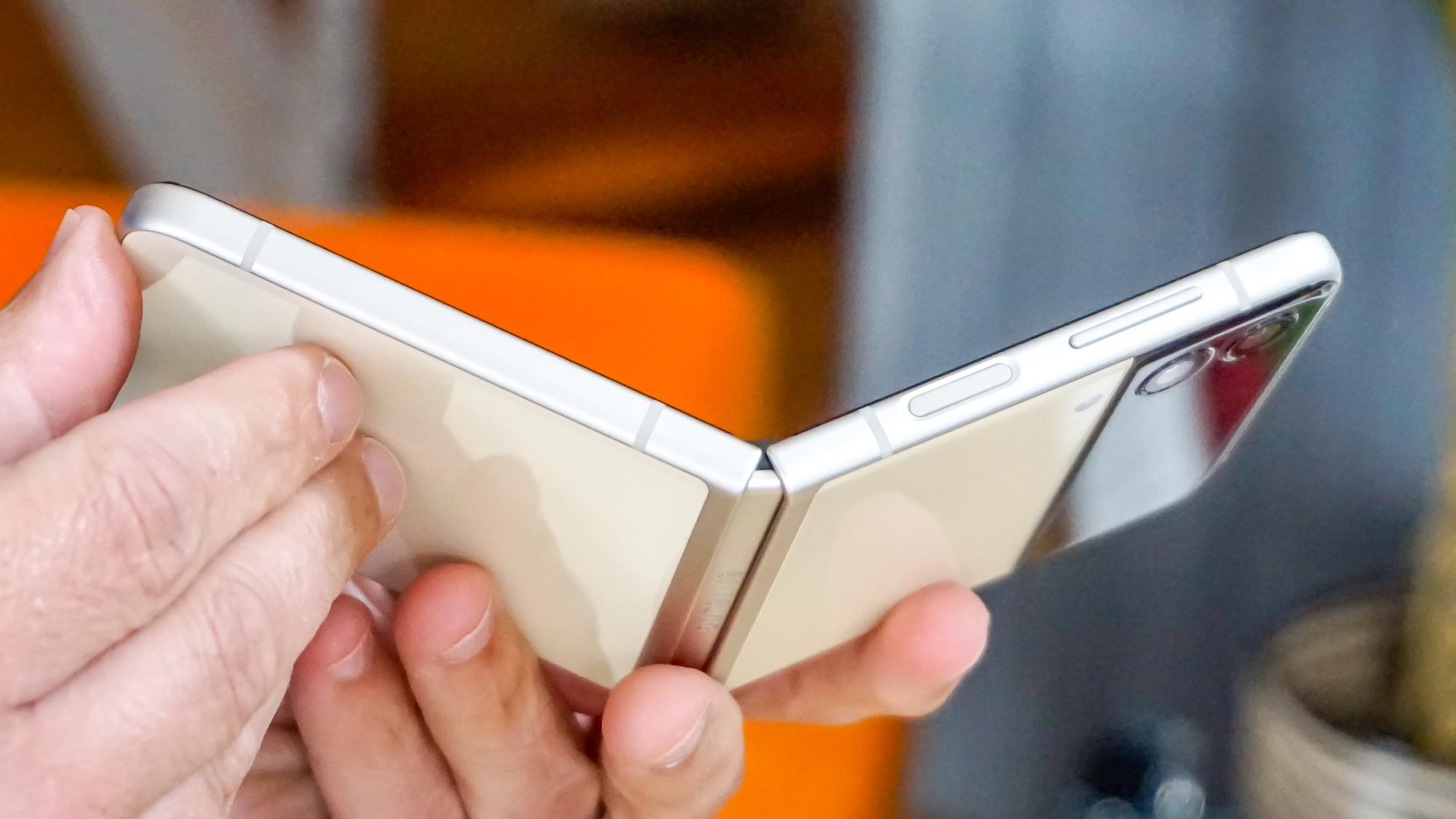
Samsung clearly wants to change that with the Galaxy Z Flip 3. The phone uses Gorilla Glass Victus on the outer display and Samsung’s Armor Aluminum to comprise its body. Samsung also claims the interior display is better at avoiding scratches. Plus, the Galaxy Z Flip 3 sports an IPX8 water resistance rating, something missing from the original Flip.
Samsung's improving the app support
When I reviewed the first Galaxy Z Flip, I really enjoyed the phone's Flex mode. That allowed you to open the phone part of the way, using the upper half of the screen as a viewing area, while the bottom half doubled as both a base and a control panel. It came in really handy for video calls or turning the Galaxy Z Flip into a tripod for taking still shots.

The trouble was that not every app had been optimized to take advantage of Flex mode. Samsung says it's working with more app makers to increase the number of apps that take advantage of its foldable phones, and we hope to see evidence of that as we continue to review the device. But it's at least promising that this is an area Samsung wants to address.
Galaxy Z Flip 3: reasons to skip
The cameras haven't changed at all
The Galaxy Z Flip 3 features a 12MP (f/1.8) main camera on its back couple with a 12MP (f/2.2) ultra-wide ultrawide shooter. Up front, you get a 10MP selfie cam on the interior display. If those specs sound similar, it's because they're exactly the same as the cameras included on last year's Galaxy Z Flip.
It's not that the cameras on that phone were bad — they got the job done — but nobody's going to confuse the Galaxy Z Flip with one of the best camera phones on the market. We'd assume that goes for the Galaxy Z Flip 3, too.
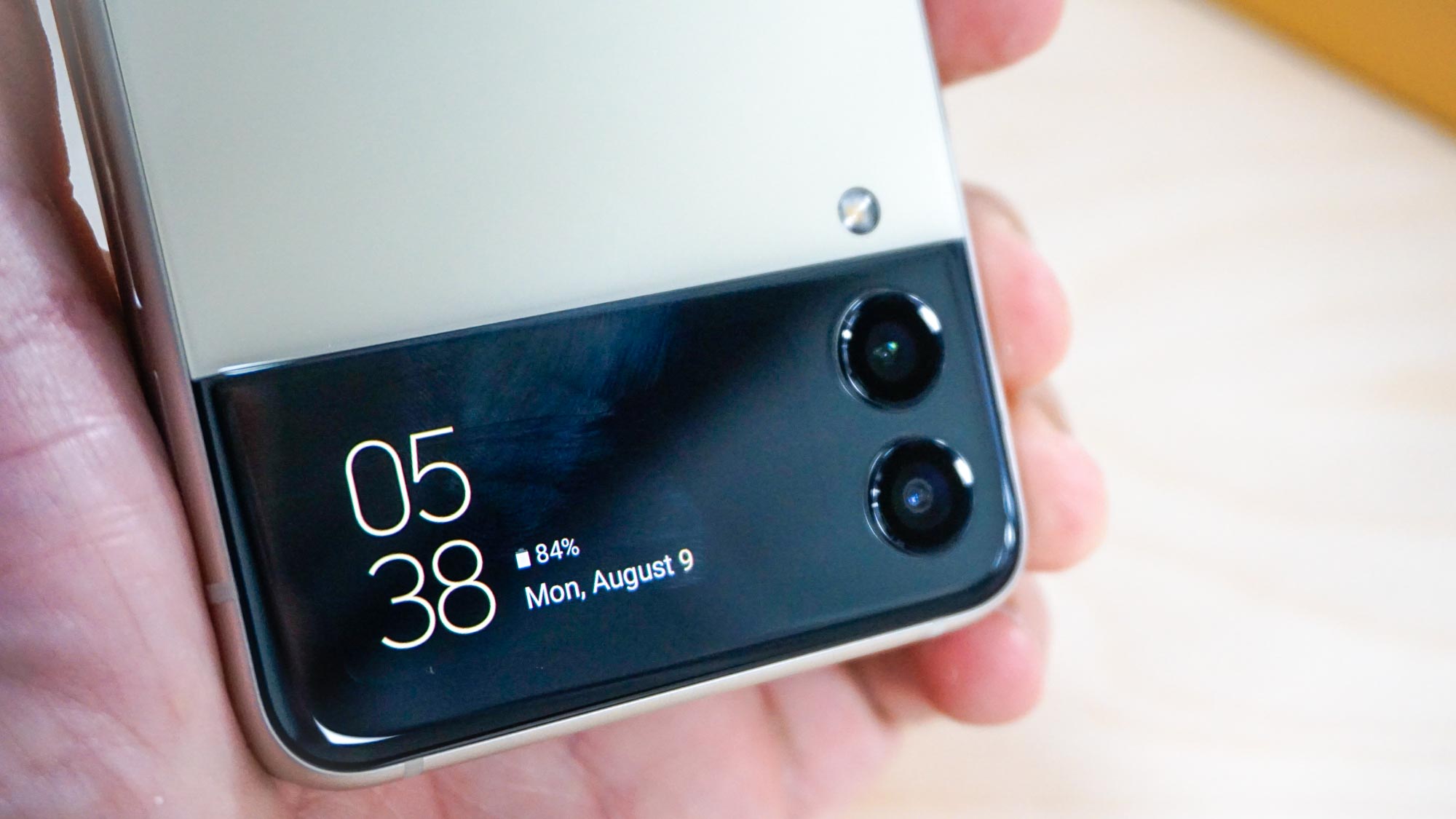
More importantly, it also means that there's no telephoto lens on the the Galaxy Z Flip 3, a glaring omission when you compare this device to similarly priced handsets (albeit ones that don't fold).
The battery's the same, too
If the cameras on the new Galaxy Z Flip model sound familiar, you'll also recognize the battery, too. It's the same 3,300 mAh power pack used in the original. And like its predecessor, the Galaxy Z Flip 3 is limited to 15W charging speeds.
The compact form of the Galaxy Z Flip means that the battery can only be so big. But given how the original Flip performed on our battery test involving continuous web surfing over cellular, you can forgive us for being a little concerned. The Galaxy Z Flip turned in a time that was below average for a smartphone. Maybe the Galaxy Z Flip 3 can surprise us with a more efficient processor, but it does seem like a flaw of the original has gone unaddressed.
The crease in the Galaxy Z Flip 3's display remains visible
Another complaint we had with the first Galaxy Z Flip was a visible crease where the phone folds. You noticed it in particular when running your finger down the touch screen, and it didn't make you feel good about spending big bucks on a foldable phone.
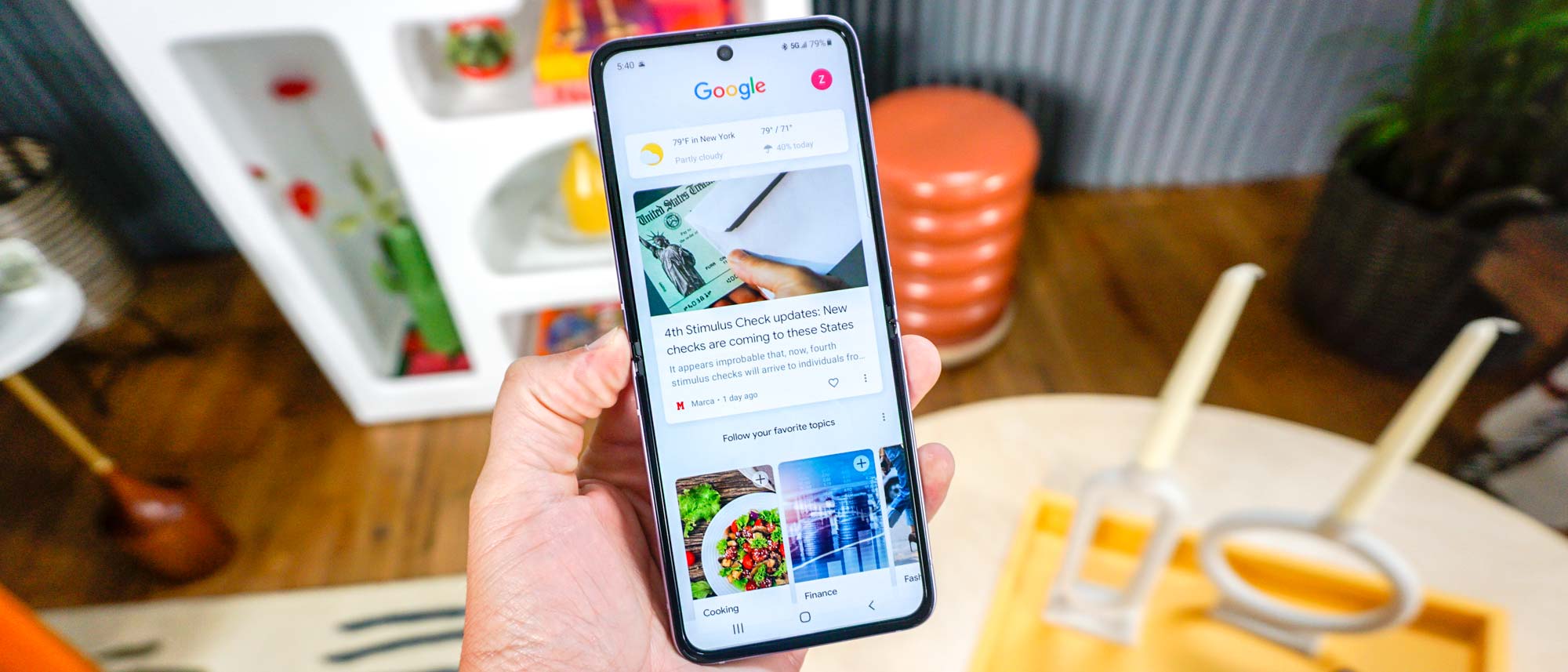
We regret to inform you that the crease is still there on the Galaxy Z Flip 3. And no, the lower price of the phone doesn't make us feel any better about it.
More fully featured phones cost just as much
We understand that we cited the $999 price as a reason to buy the Galaxy Z Flip 3. And it's good news that Samsung managed to drop the price as much as it did. But for that kind of money, you can afford some premium phones that happen to be more capable than Samsung's foldable device.
The Galaxy S21 Plus, another Samsung handset, also costs $999. But that phone features a telephoto lens, a bigger battery and faster charging capabilities. Likewise, the iPhone 12 Pro costs $999 as well, and it's got some of the best cameras we've seen on a phone in the past year.
At the end of the day, the ability to fold your phone into a pocket-friendly size may be reason enough to pay up for the Galaxy Z Flip 3. Just be aware that you're giving up some features you wouldn't have to with phones that cost just as much.
- Read Next: Samsung Galaxy Watch 4 hands-on review
Philip Michaels is a Managing Editor at Tom's Guide. He's been covering personal technology since 1999 and was in the building when Steve Jobs showed off the iPhone for the first time. He's been evaluating smartphones since that first iPhone debuted in 2007, and he's been following phone carriers and smartphone plans since 2015. He has strong opinions about Apple, the Oakland Athletics, old movies and proper butchery techniques. Follow him at @PhilipMichaels.

